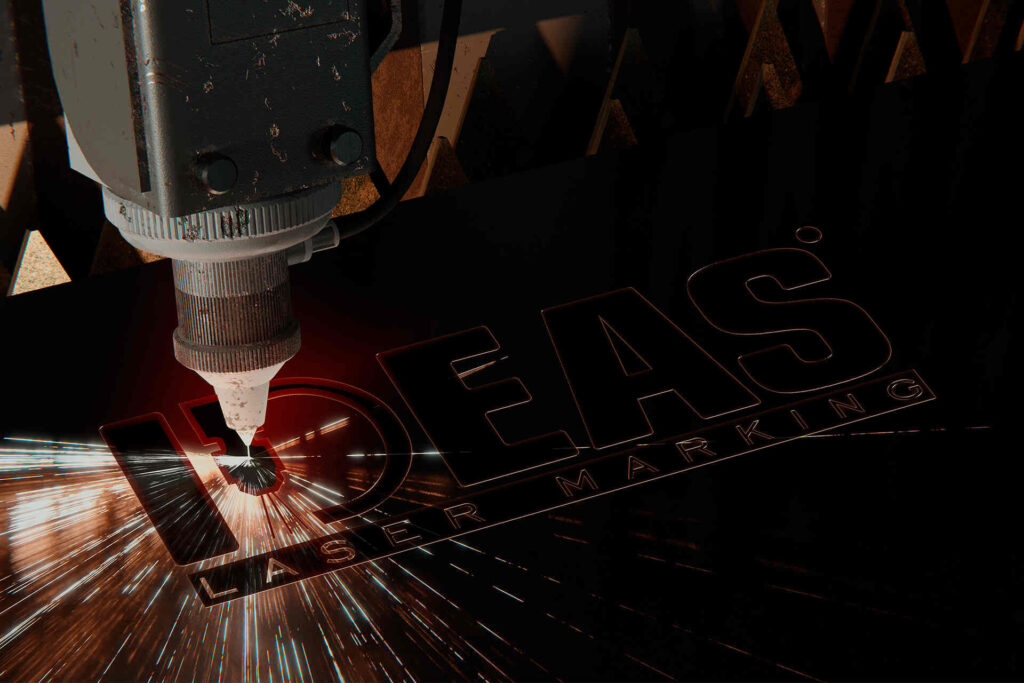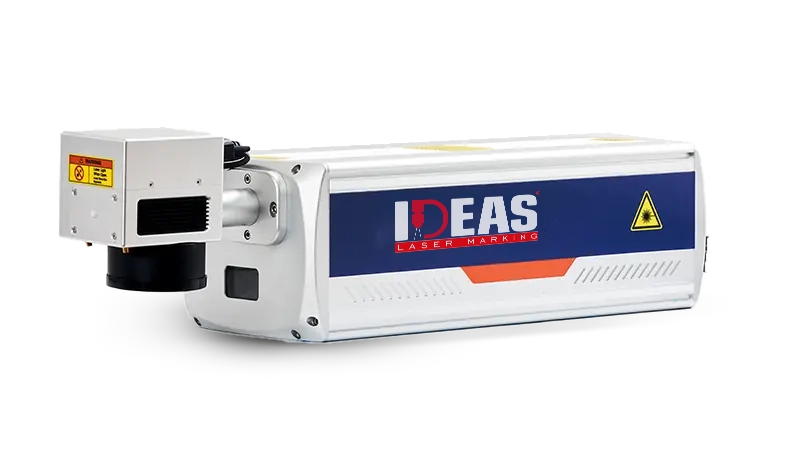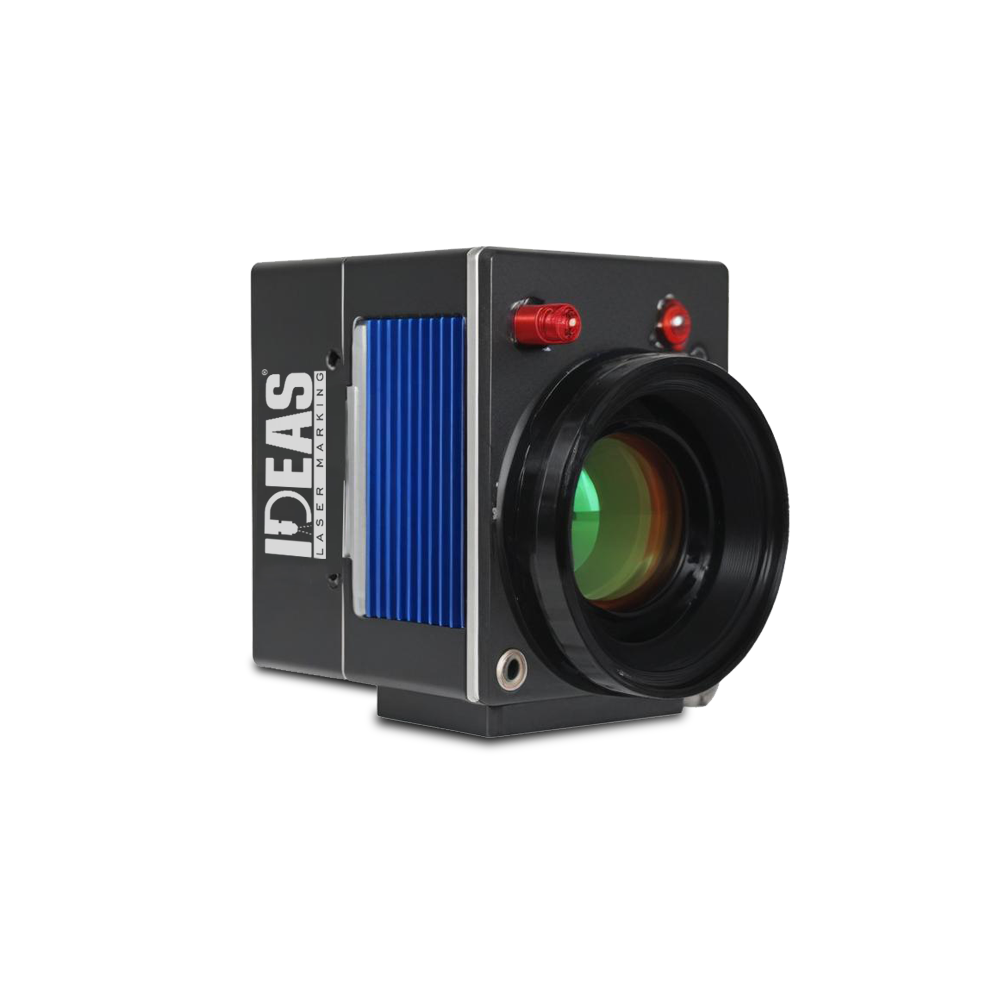CO₂ Laser Marking Machine

Product Information Overview
Precision Laser Marking for High-Quality Metal Surfaces
This image showcases a high-precision laser marking process on a metal surface, producing clean, sharp, and permanent text. The bright spark highlights the accuracy and power of the laser, which is ideal for industries needing durable and professional-looking marks on metal components. Perfect for branding, serial numbers, or product details, this technology ensures consistent results with minimal wear and tear.
PRODUCT OVERVIEW
A CO₂ laser coding machine is a type of laser system that uses carbon dioxide gas as its primary active medium. This gas is contained within a sealed glass or metal tube, where specially placed electrode plates help generate electrical energy. When the machine is powered on, the electrical energy passes through the gas, exciting it and creating plasma. This process energizes the CO₂ molecules, pushing them into a higher energy state.
An air-cooled laser source is straightforward to maintain and rarely needs maintenance. This helps keep the system running smoothly with little downtime.
The laser source lasts a long time, on average working for around 40,000 hours before problems are likely to occur.
Its standard marking area is 100x100 mm, and its high accuracy and sharp edges allow you to work faster and get more done.
The standard IP54 protection keeps the machine safe from dust and moisture, allowing it to run smoothly and reliably even in harsh conditions.
You can choose from different working distances, and the printhead can be installed in any direction from 0 to 360 degrees. This makes it easier and more flexible to fit into other types of production lines.

Product Advantages


Different wavelength choices
Our CO2 laser range provides various wavelength options, so it’s easy to find the one that works best for your job.
10.6 microns is great for marking common packaging materials such as paper, cardboard, plastic, labels, wood, and glass.
10.2 microns: best for marking laminated cartons, which are often used in cosmetic and pharmaceutical packaging.
9.3 microns: especially good for marking PET plastic, commonly used in drink bottles and similar products.
Laser marking result
The quality of the mark depends on the material being used, the laser’s wavelength, and the specific kind of laser technology applied.
The interaction between the laser and the material causes a colour shift due to a chemical transformation.
Creating a design on the product’s surface, such as raising patterns on PET through foaming or carving into glass.
Stripping away the top layer of coating to reveal the different base colour underneath.
Burning or heat-treating wood or cardboard in a controlled way to darken or mark the surface.
Heating various plastics to create raised or indented surface textures.
Product Applications
list of items





Technical Specifications
| Category | Specification |
|---|---|
| Laser Type | Hermetically sealed CO₂ RF lasers |
| Maximum Output Power | 30W |
| Laser Wavelength | 10.6μm, 10.2μm, 9.3μm |
| Laser Tube Lifetime (Average) | 40,000 hours |
| Laser Class | Class 4 (Complies with IEC60825-1) |
| Maximum Linear Speed | 10m/s, 20m/s, 30m/s |
| Marking Speed | Up to 30 characters/sec |
| Coding Angle | Downward (90°) or Flat (0°) |
| Marking Area | Standard 100×100mm (customizable) |
| Vibrometer | 8mm, 10mm |
| Beam Expanders | Multiples of 3 or 4 |
| Spot Size | 140μm |
| Marking Distance | 165mm |
| Operator Interface | Built-in 10" touchscreen (Windows 10) |
| Communication Interfaces | Ethernet RJ45, RS232, RS485, USB, SD card |
| Rated Voltage | 200 – 240V, 50/60Hz |
| Total Power Consumption | ≤300W |
| Ingress Protection | IP54 (standard), IP65 (optional) |
| Operating Temperature | 5 – 45℃ |
| Humidity Range | Max. 90% (non-condensing) |
| Cooling Method | Air cooling |
| Product Weight | Optical path: 13.75kg, Power unit: 7.9kg |









